True to its name, ODDRooM is a game filled to the brim with bizarre and unpredictable scenarios. From the start, the protagonist of this first-person shooter finds themselves face-to-face with a cat-like being in a mysterious mansion lined with doors, each leading to a new dream for the player to fight through. This premise involving a series of lucid dreams is a breeding ground for fantastical and often hilarious encounters, allowing the developers to pull off sequences that wouldn’t work in most other contexts.
In one dream, players might be fending off cartoonish rabbit creatures armed with a gun that shoots pumpkins, while in another, they’ll be locked into a fierce firefight atop a plummeting airplane. Owing to its setting within dreams, the game has unlimited opportunities to throw players into impossible situations facing creatures ranging from horrific to downright comical. It’s a promising formula that should spice up the libraries of fans fatigued by the serious tones of realistic tactical shooters.
In an interview with Game Rant, the four-person studio TeamODD spoke about ODDRooM‘s unique premise and how it gives them room to be creative and expressive with the small team’s limited resources. They detailed the game’s emphasis on environmental variety, how the lucid dream setting influences combat mechanics, and how ODDRooM will expand throughout its Early Access period. This interview has been edited for brevity and clarity.
How ODDRooM’s Dream Setting Opens The Door For Unusual Ideas
Q: What inspired the concept of a lucid dream setting for a first-person shooter? How does this world differ from traditional FPS environments?
A: The idea of a game based on the concept of dreams came about for two main reasons: first, we had to be creative with limited resources.
As a small team, we have always been constrained. However, we needed an “untethered” worldview to bring our diverse experiences and creativity to the table, so we chose “dreams.” We thought the concept of “dreams” was a great fit, as it allowed us to incorporate as much of our own experience and creativity as possible.
Secondly, we thought the “dream” setting would make it easier for everyone to share ideas while developing the game. Since we are a small team, the ideas and creativity of our developers are even more important. We believed that the unrestricted concept of “dream” would allow our developers to come up with more ideas, and since there was no actual concept to guide them, they were able to communicate freely and develop. This led us to create environments that are different from traditional FPS games.
For example, a crashing airplane, a medieval castle, a rooftop-to-floor battle, and other gameplay environments are not often found in realistic or sci-fi FPS games. You’ve probably had dreams of falling from a great height, traveling to the past, and being in a place you recognize but don’t know where. ODDRooM is a dream world. The environments, gameplay, and enemies are unrealistic.
On top of that, it fuses retro FPS nostalgia with modern elements to bring you something new.
Q: The game’s synopsis mentions a mysterious cat triggering the dream. Can you talk about how the cat fits into the narrative and its role in the game?
A: The strange cats in the game are mysterious beings the protagonist encounters in his dreams. The protagonist doesn’t know why they are in his dreams, and their presence and intentions remain one of the secrets of the dream. The cats in the dreams are rewarded with CatCoins, a special currency that can only be obtained in dreams, and serve to enhance the main character’s abilities or provide new weapons.
As a result, players can earn CatCoins by exploring and fighting in their dreams and using them to become stronger. It’s unclear if the cats are friends with the protagonist or if they’re pretending to be friends to make money. The truth about the cats will be revealed as the game progresses. At this point in Early Access, the cat’s story and narrative may not be fully realized. However, later updates will slowly reveal the cats’ background and connection to the main character.
Q: The description talks about how practically anything can be behind a door in the player’s mind, opening up many varied environments and concepts. How did you accomplish this and can you talk about how the game’s environments and concepts relate to its story and gameplay?
A: The strange mansion where you wake up from your dream has dozens of doors and you will be taken to the ODDRooM, a stage within the doors, where the mansion will serve as the lobby of the game. The cats live in the mansion, and you must collect CatCoins to return safely to the mansion.
Although referred to as “rooms,” the space beyond the door can be either a small indoor area or a large outdoor area. Each room has a different atmosphere and structure, such as a fairy tale world, a futuristic city, or a dark nightmare. You’ll experience different battles in each stage. Initially, only one door is unlocked, but clearing a room will unlock other doors and gradually you will be able to challenge more and more stages. As the number of rooms increases, the difficulty level increases, but on the other hand, the number of CatCoins you can earn also increases, allowing you to grow faster.
You have to clear all the different dreams, the strange worlds you experience in them, and the strange monsters to fully wake up from the dream. ODDRooM is not an easy and relaxing game to play. Strange levels, strange weapons, and strange monsters fit the concept of a dream.
Each of the strange monsters will pressurize and harass you in different ways, but as you improve your abilities and gain new skills, your character will grow and your skills will improve, and you’ll find yourself defeating monsters that were difficult and scary at first.
Q: The game seems to introduce a highly unusual cast of characters and intentionally odd concepts. What demographic is ODDRooM likely to cater to?
A: ODDRooM is intended for ages 12 and up or 15 and up. Because the game’s basic combat is in the FPS genre and features guns, it’s not for everyone. However, to ensure that players of all ages can enjoy the game, we minimized the brutal expressions while maintaining the impact that is a key element of an FPS. For example, we have humanoid monsters but they don’t look human. We wanted to minimize the feeling that we were shooting at humans. Colorful confetti flies when shot and flower petals spray when a monster dies in order to keep the impact and minimize the feeling of violence.
Q: The weapons are also intentionally odd. Can you talk a little bit about designing these weapons? Were there any hard rules for their creation?
A: ODDRooM utilizes a randomized weapon system. Repeating the same pattern of battles with only good weapons is boring, so you’ll acquire weapons randomly. You can experience a variety of playthroughs depending on the weapons you acquire and the situations you’re placed in.
How Dreams Influence ODDRooM’s Mechanics
Q: How do the game mechanics reflect its lucid dream setting?
A: The player knows it’s a dream, so they can control the dream and grow stronger. The “fight in a dream” setting allows players to perform unrealistic actions, fight unrealistic enemies, and encounter unrealistic situations. The players know that “if you die in a dream, it’s not the end of you,” so they can boldly replay and grow.
Q: Music appears to play a key role in the game. Can you elaborate on its importance and how it ties in?
A: ODDRooM is not a game about experiencing pain in a nightmare; the player is enjoying the weirdness and clearing the nightmares one by one. The optimistic “if you can’t avoid it, enjoy it!” mentality of the protagonist makes the overall tone of the game lighthearted and playful. In a dreamlike battle situation, the thoughts in the protagonist’s head are transformed into a rousing song. These songs reflect the protagonist’s optimistic acceptance of the dream situation and help players immerse themselves in the game with a cheerful mind. Each room in the game is set in a different style of dream world and is accompanied by different styles of upbeat music to match the mood of the room.
The words “ODDRooM” appear repeatedly, constantly emphasizing that this is not reality, and tying the game to it. The music is playful and wacky. However, once you get hooked, you’ll find yourself humming along.
Q: Can you talk about ODDRooM’s art style and the aesthetic you were aiming for?
A: ODDRooM’s art style is “ODD.” Monsters, weapons, and levels are all “ODD.” We hope it looks crazy.
For the same reason that we used the concept of lucid dreaming, we can also use art without any restrictions. If we use everything available, players will wonder, “What will come out this time?” We wanted to stimulate curiosity. Some rooms use realistic shaders, while others use toon shaders to show a cartoonish dream, and the goal of ODDRooM is to create a style where realistic-looking monsters and cartoonish monsters can exist together in the same room without feeling out of place.
To exaggerate a bit, the art direction of ODDRooM is to give you a variety that makes you feel like you’re in a different game when you open a door, even though it’s all one game.
Q: Can you talk about ODDRooM’s movement styles and how they tie into the game’s world? Wall-running for example?
A: The monsters in your dreams will pressure you with a variety of attack patterns using firearms, explosive weapons, and melee combat.
In these situations, players cannot survive by simply walking or running and must use the game’s dynamic movement system to creatively deal with their enemies. At the beginning of the game, every situation seems threatening because they have the same movements as humans in real life.
However, as the protagonist grows through the cats, the situation begins to reverse: they can leap over high walls with a single jump, dash forward, backward, left, and right in midair, kick walls and jump in succession, run on walls and shoot, or use grappling hooks to move quickly between ravines and slow down time to escape from a crisis.
Q: Do the rooms within the dream come in different sizes?
A: There are dozens of rooms of various sizes, ranging from small rooms with an interior structure of about 50 meters long to large rooms with a length of over 600 meters.
ODD rooms are not only different in size but also in shape: a foggy forest, a dark abandoned building like something out of a horror movie, a fairytale world, an ocean, a futuristic city connected by a platform, et cetera.
After the Early Access phase, we plan to add even more different types of rooms, and we will also collaborate with existing IPs to provide unique rooms.
Q: How does the idea of “waking up” play into the game’s ending- could there be more than one ending depending on the player’s actions in the dream?
A: In the current Early Access phase, we are preparing about 20 dream rooms. At this early stage, the game consists of a single route, and clearing only 20 ODD rooms is not enough to wake up from the dream. However, as we prepare for the full release, all the non-working doors in the mansion will be filled with rooms, and we’re thinking about expanding the game’s narrative and branching out. We can’t talk about the ending yet, though. It would be a spoiler.
[END]
ODDRooM is currently in development for PC.
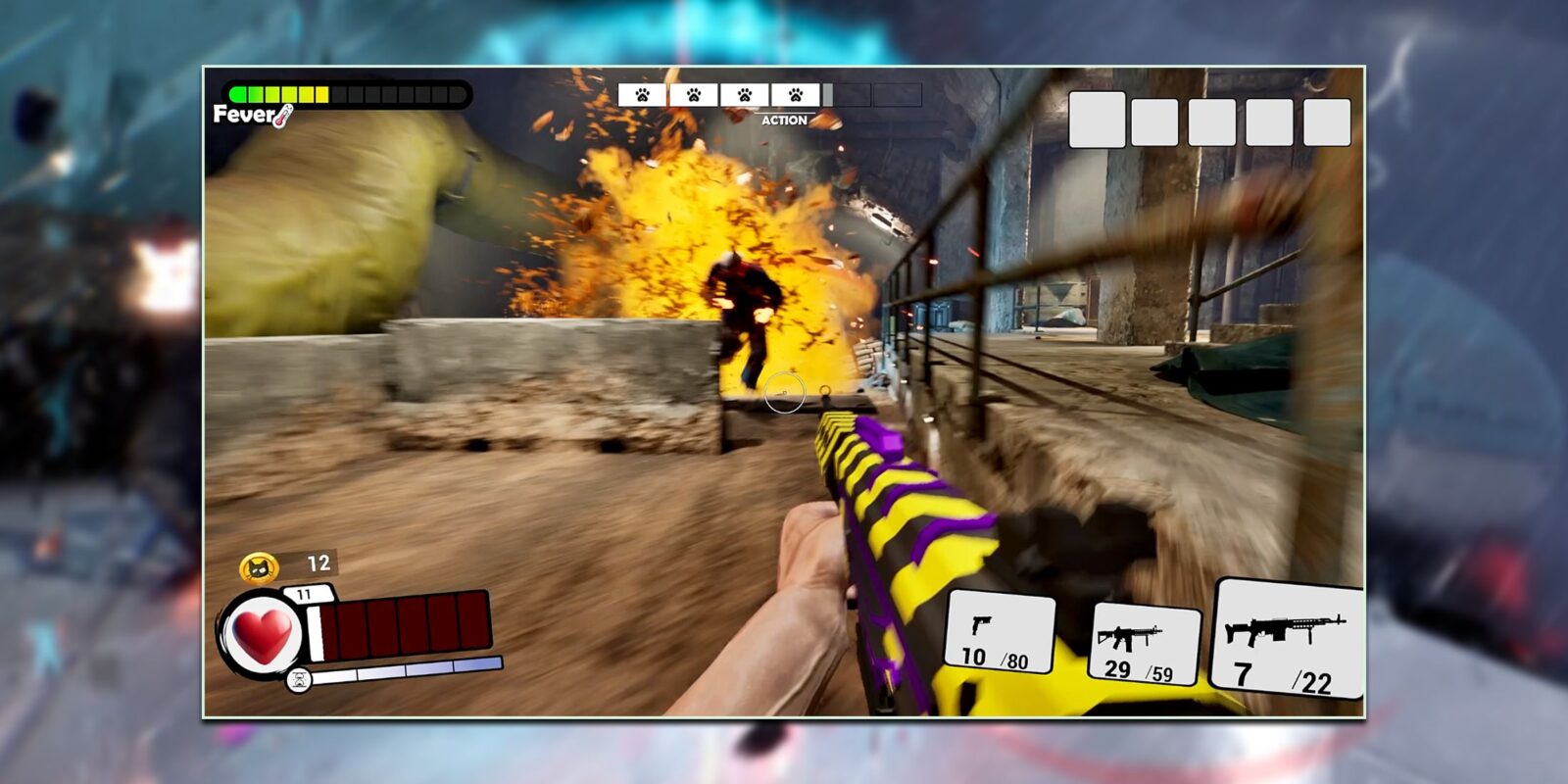

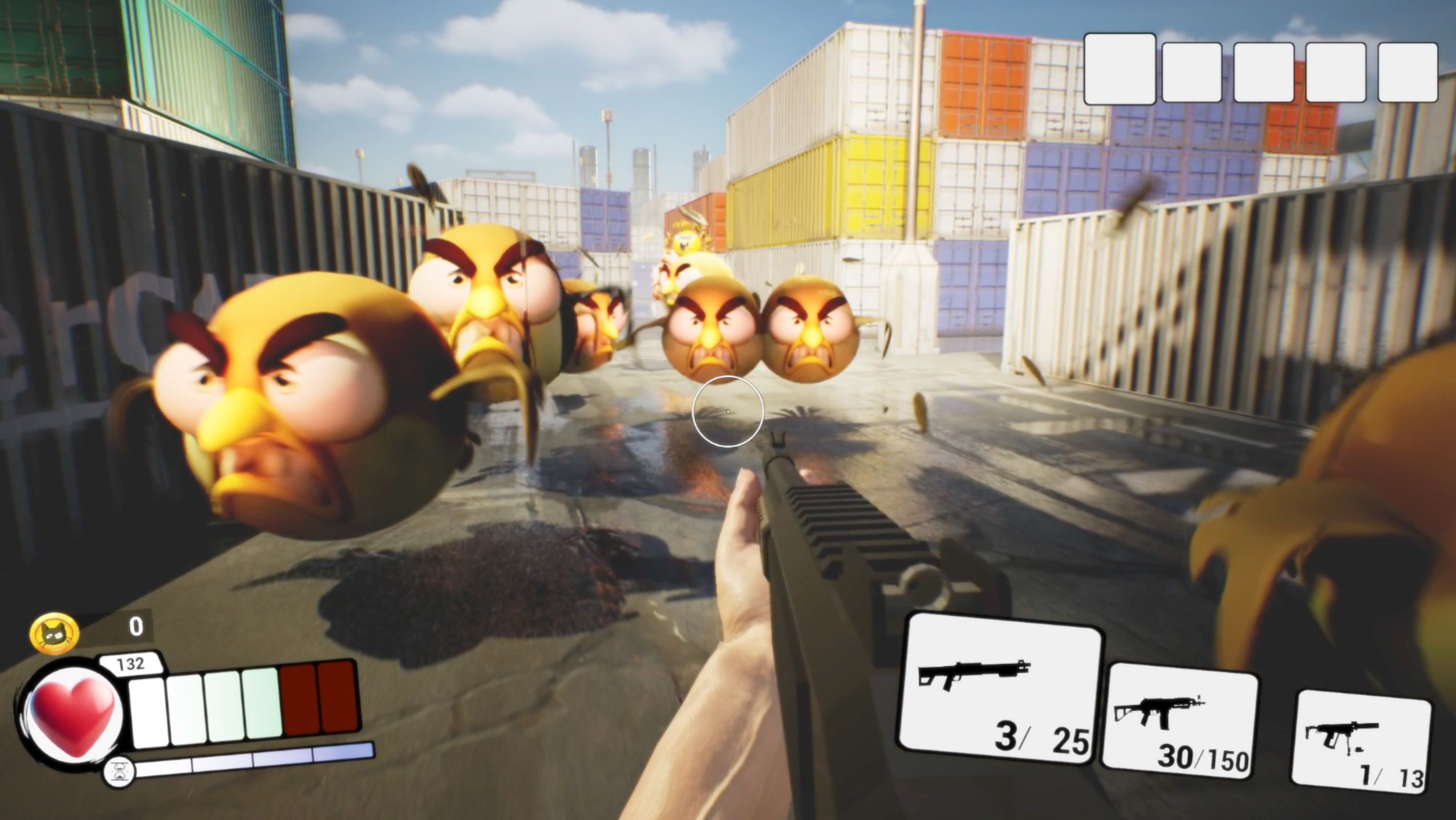
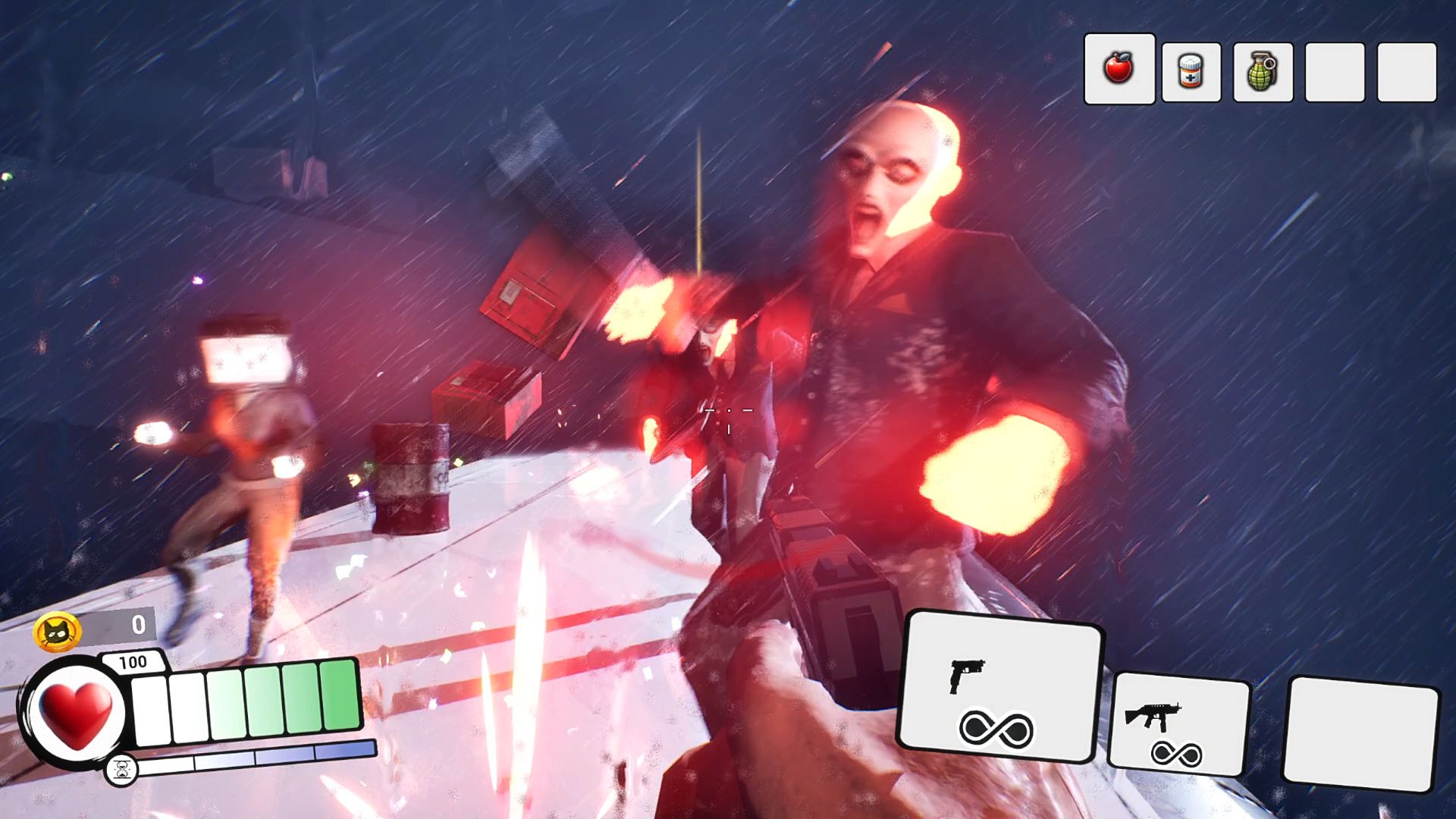
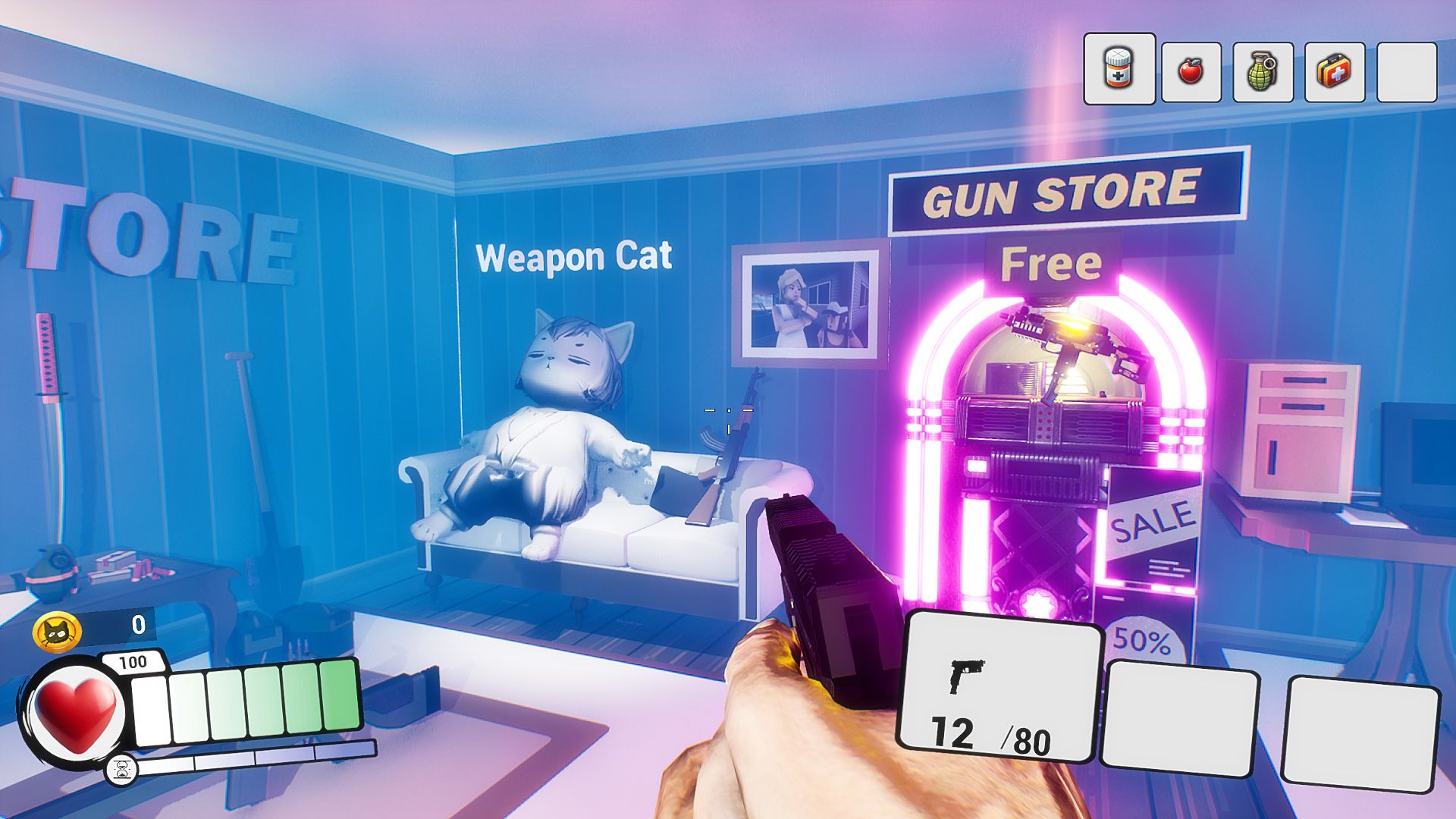
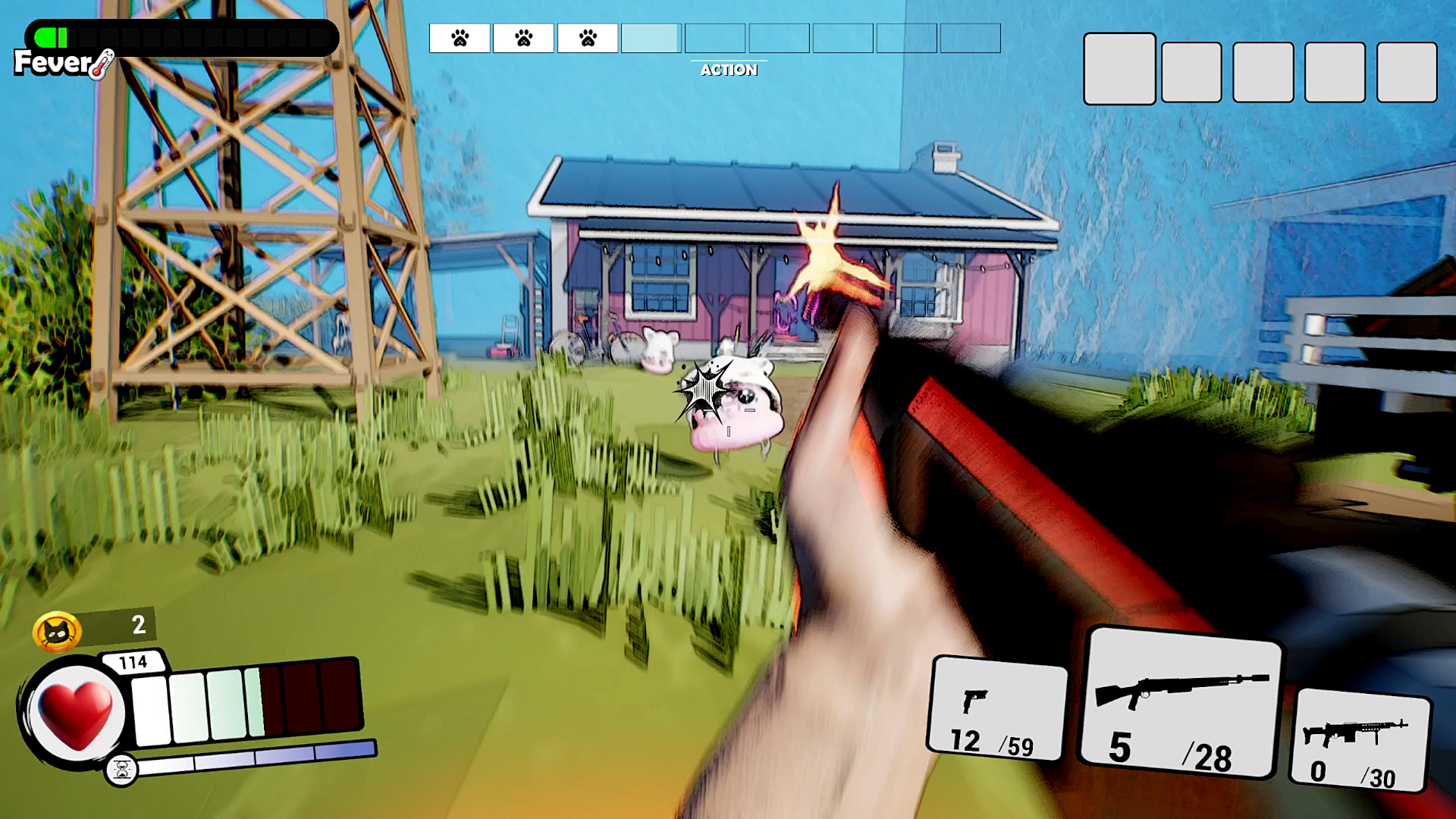
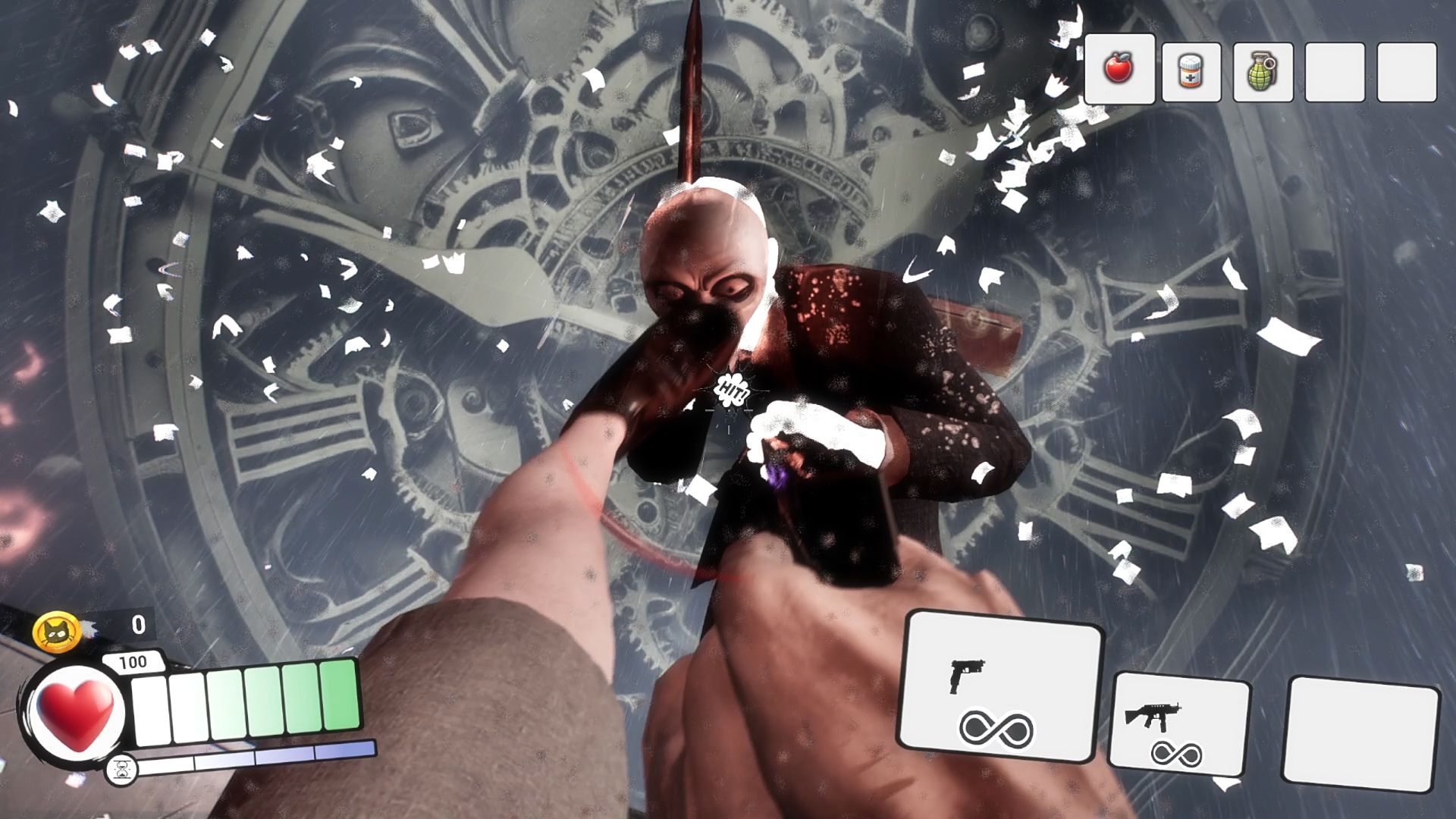

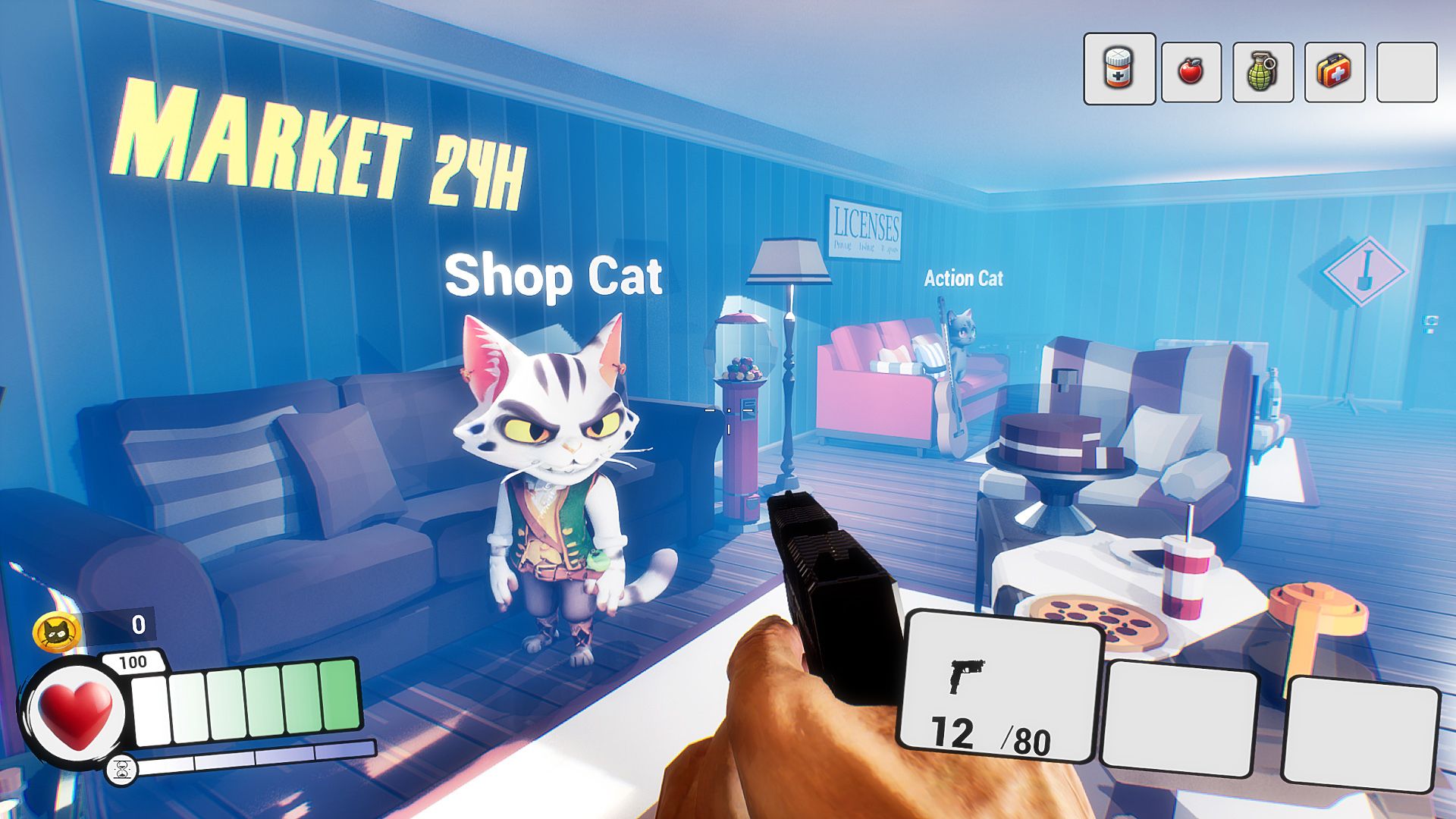
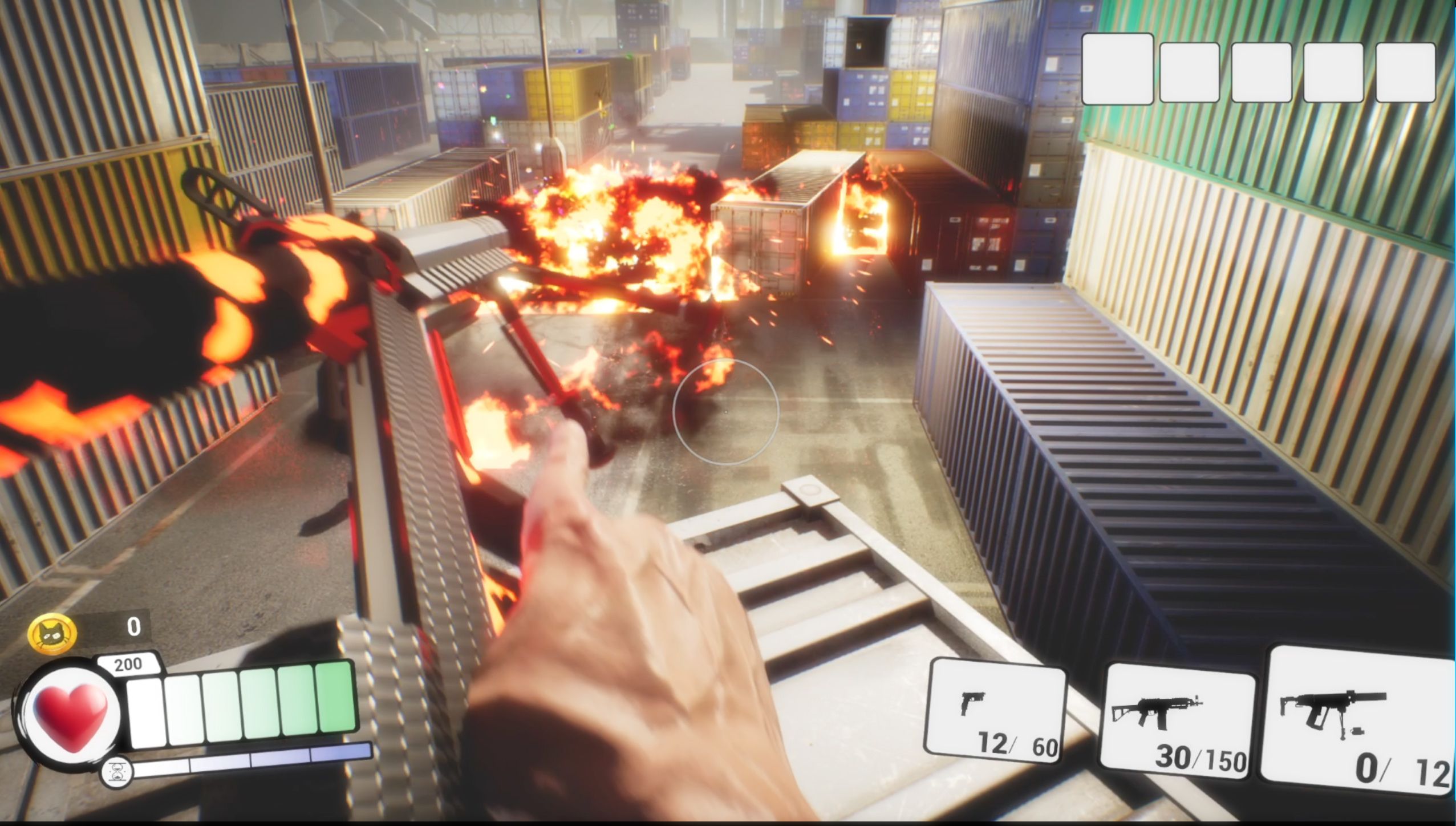







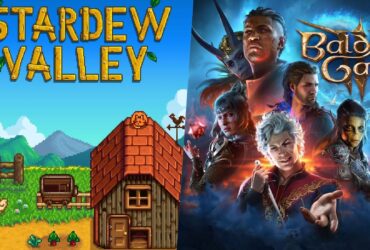

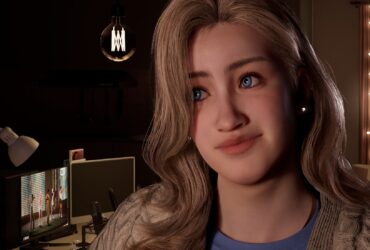
Leave a Reply